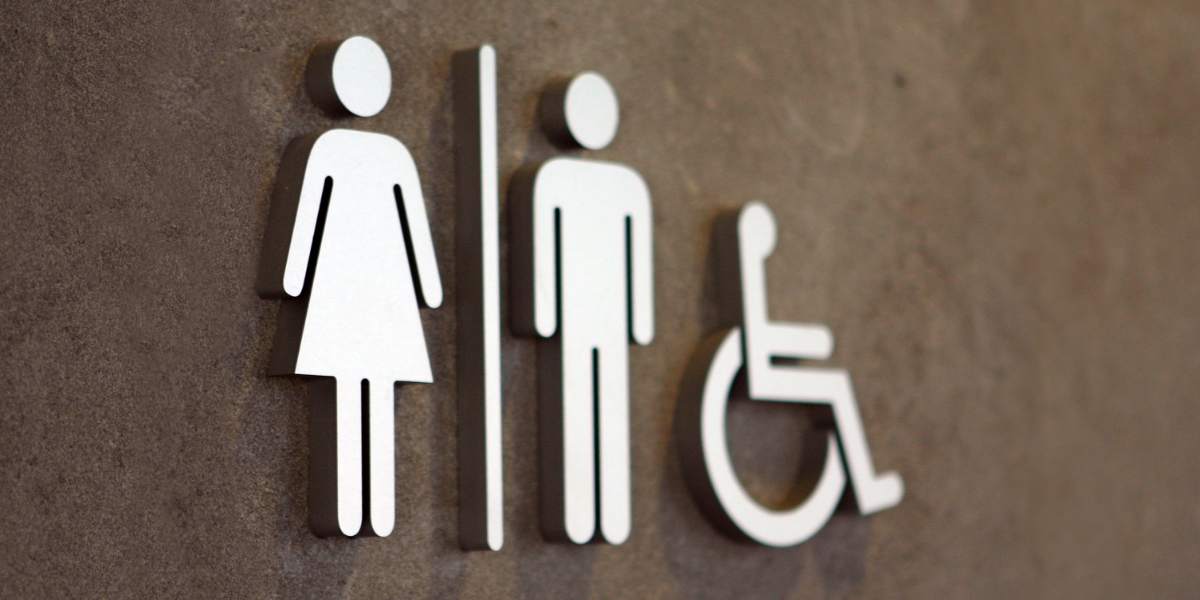A leading electronics company has designed a medical device that can identify an individual’s health status after they urinate on the monitor.
Withings are set to launch the U-Scan monitor, which consists of two parts that separate between urine and toilet water.
Designed to sit ‘within any toilet bowl’, the device is activated when urine hits the monitor and the individual’s health results are automatically sent to an online app.
- Wearable technology which monitors blood sugar levels to be rolled out to everyone with type 1 diabetes
- Wearable device design to help manage eye and mouth conditions unveiled
Every time the toilet is flushed, the device is cleaned and ready for the next test, with each cartridge allowing approximately 100 tests to take place.
The health monitor analyses a user’s pH levels, luteinizing hormone levels and urine specific water gravity. In addition, it examines a person’s vitamin C and ketone levels.
An individual’s hydration level is detected by urine specific gravity, while the pH indicator identifies whether they eat the recommended number of vegetables and protein.
According to the developers, the device should not be used by people with polycystic ovary syndrome, on birth control, taking hormonal supplements or by women who are breastfeeding.
Costing £439.78, the U-Scan will launch in Europe in the second quarter of 2023, the developers have announced.
Mathieu Letombe, CEO, said: “We have this vision of this dream where you can have a lab at home that wouldn’t require any effort or process where you send something to someone.
- Diabetes app improves outcomes for people with type 2 diabetes in South London
- Fertility problems more common in deprived areas, research shows
“It’s our company guideline not to allow anyone to look at that data. We still need to look at the details regarding law enforcement, but at some point, we would rather not sell something than to be at risk of sharing intimate data.”
First researcher David Ancalle said: “We’re trying to find a non-invasive way where people can get a notification on whether or not they should go get checked out.
“Like, hey, your urine is not flowing at the rate that it should. Your farts are not sounding the way they should. You should check it out.”







